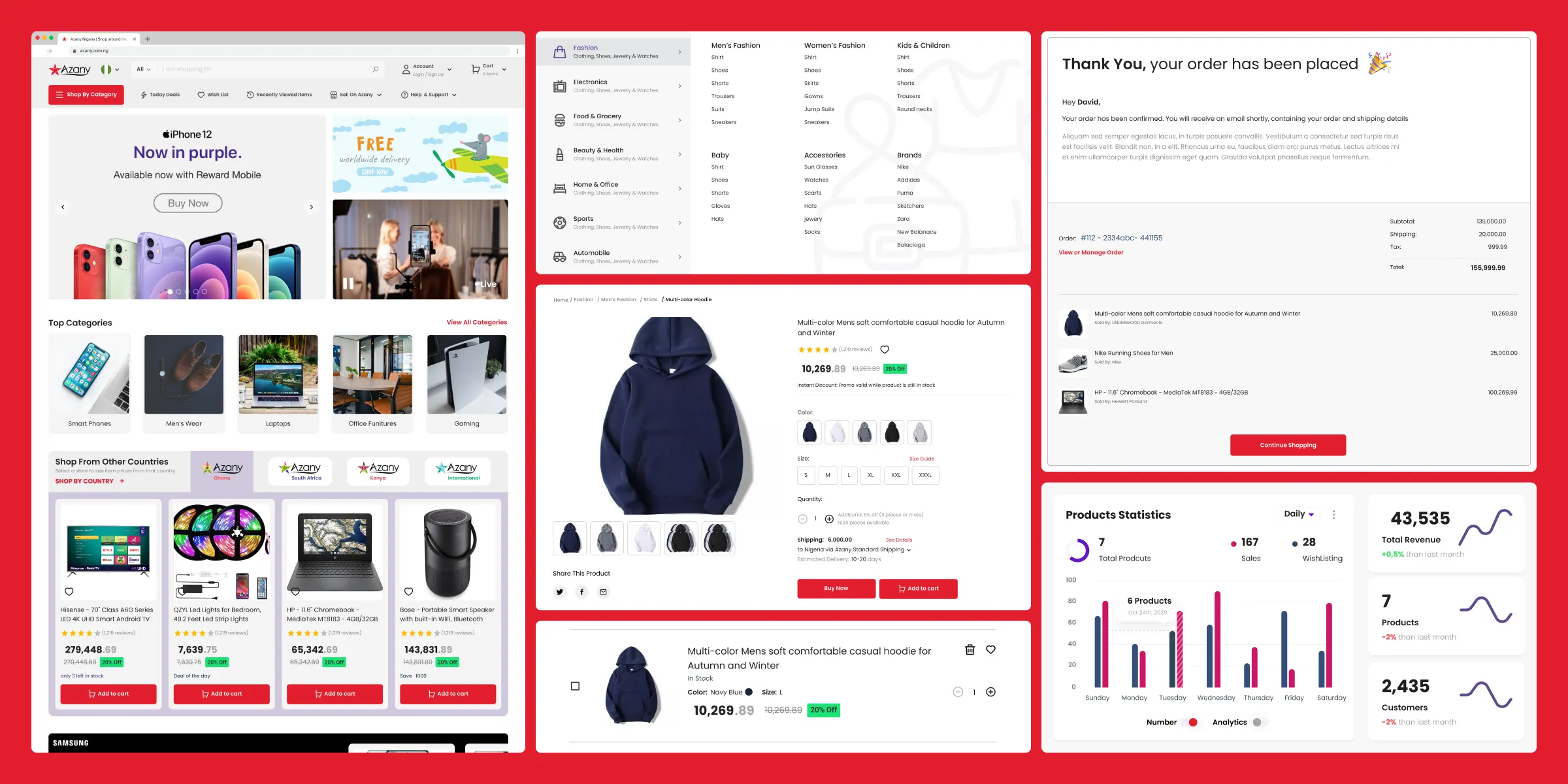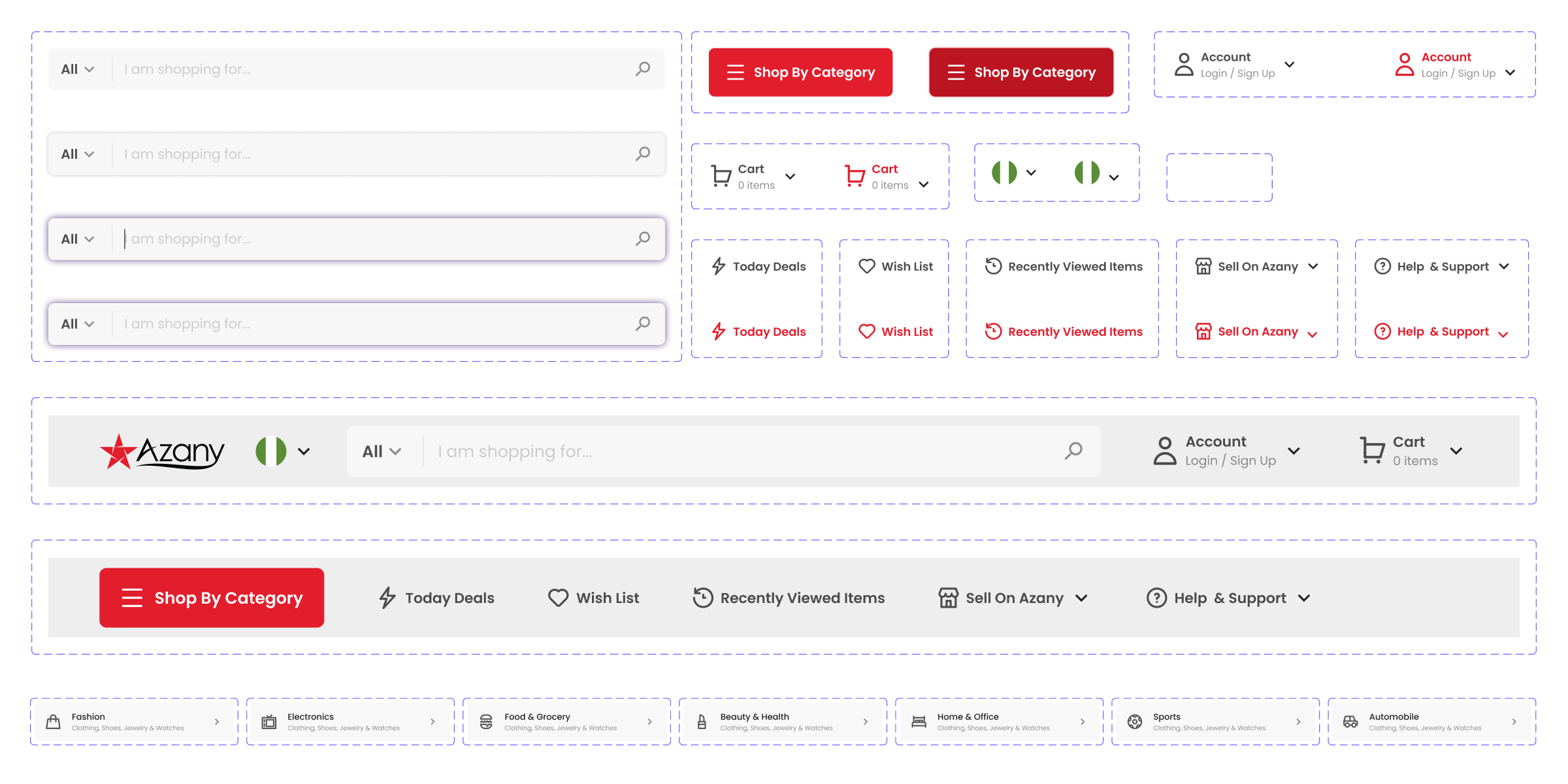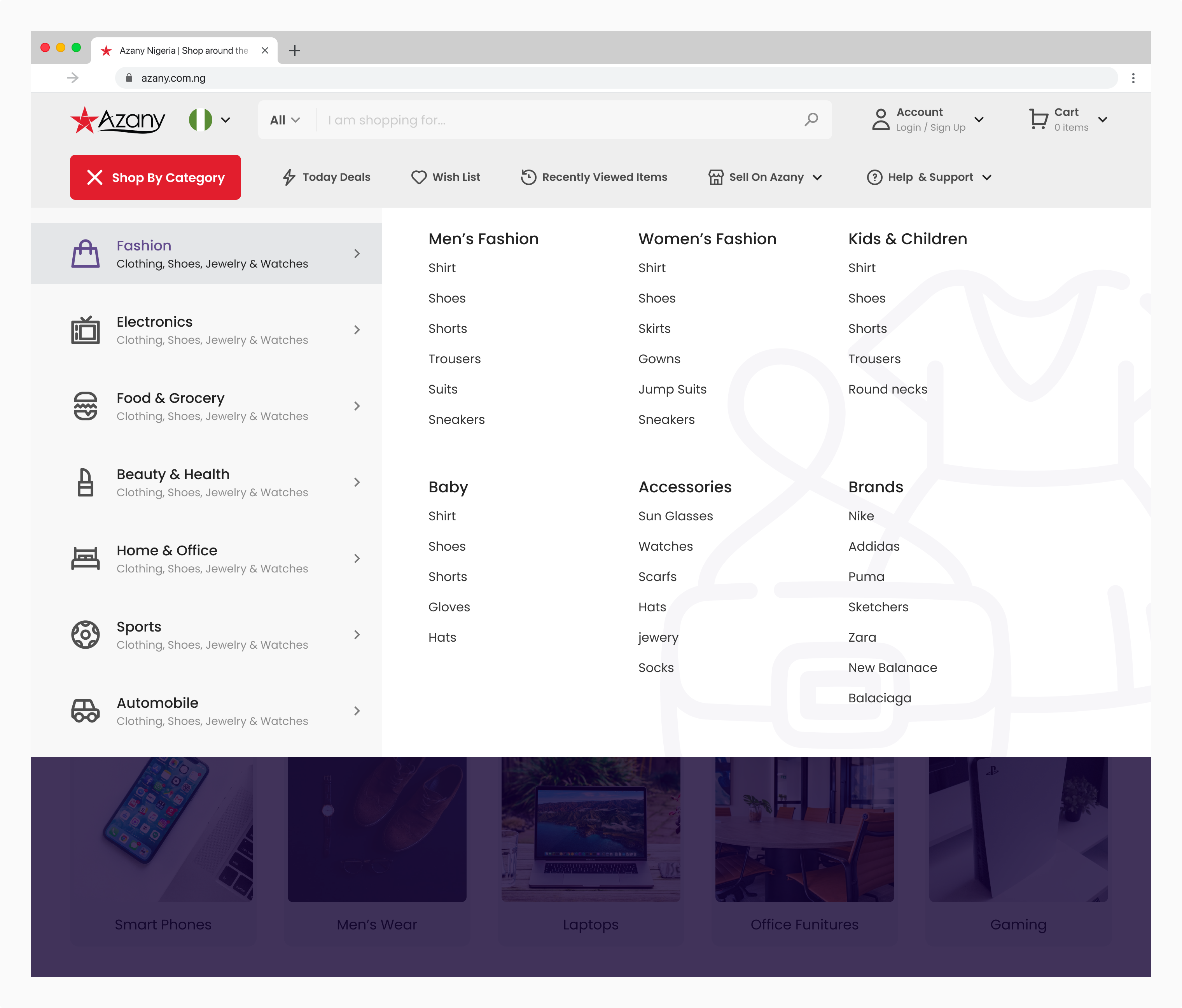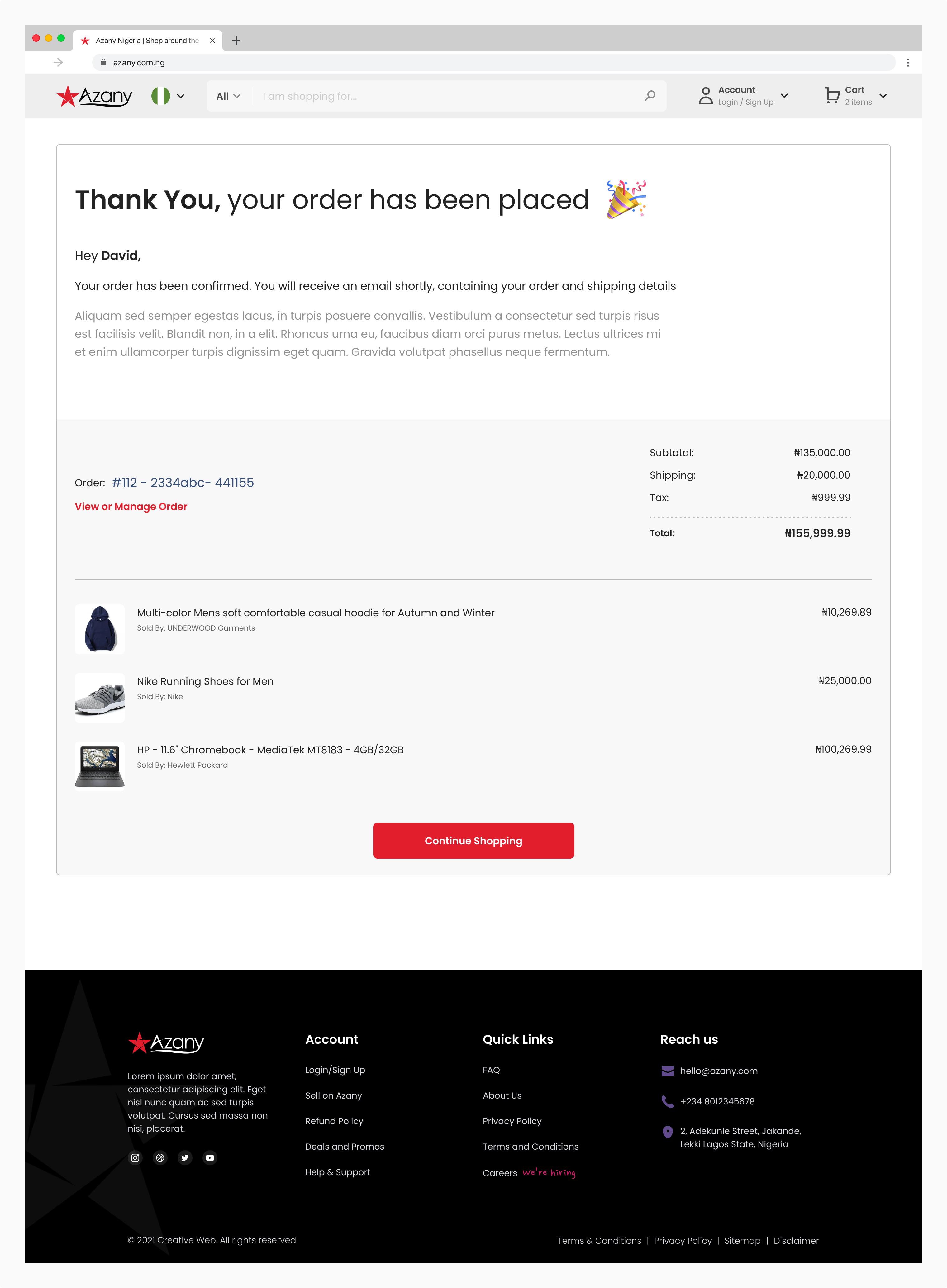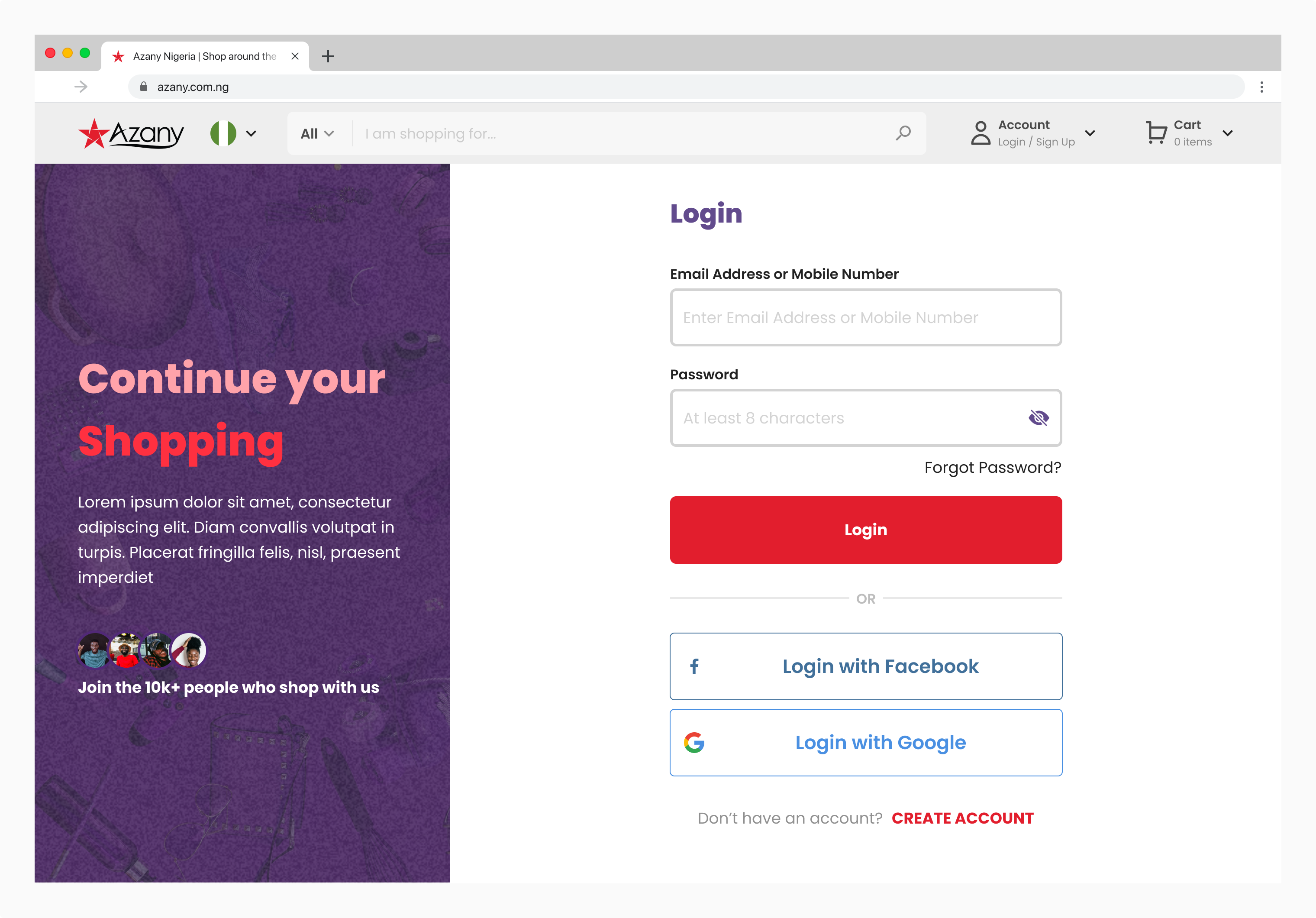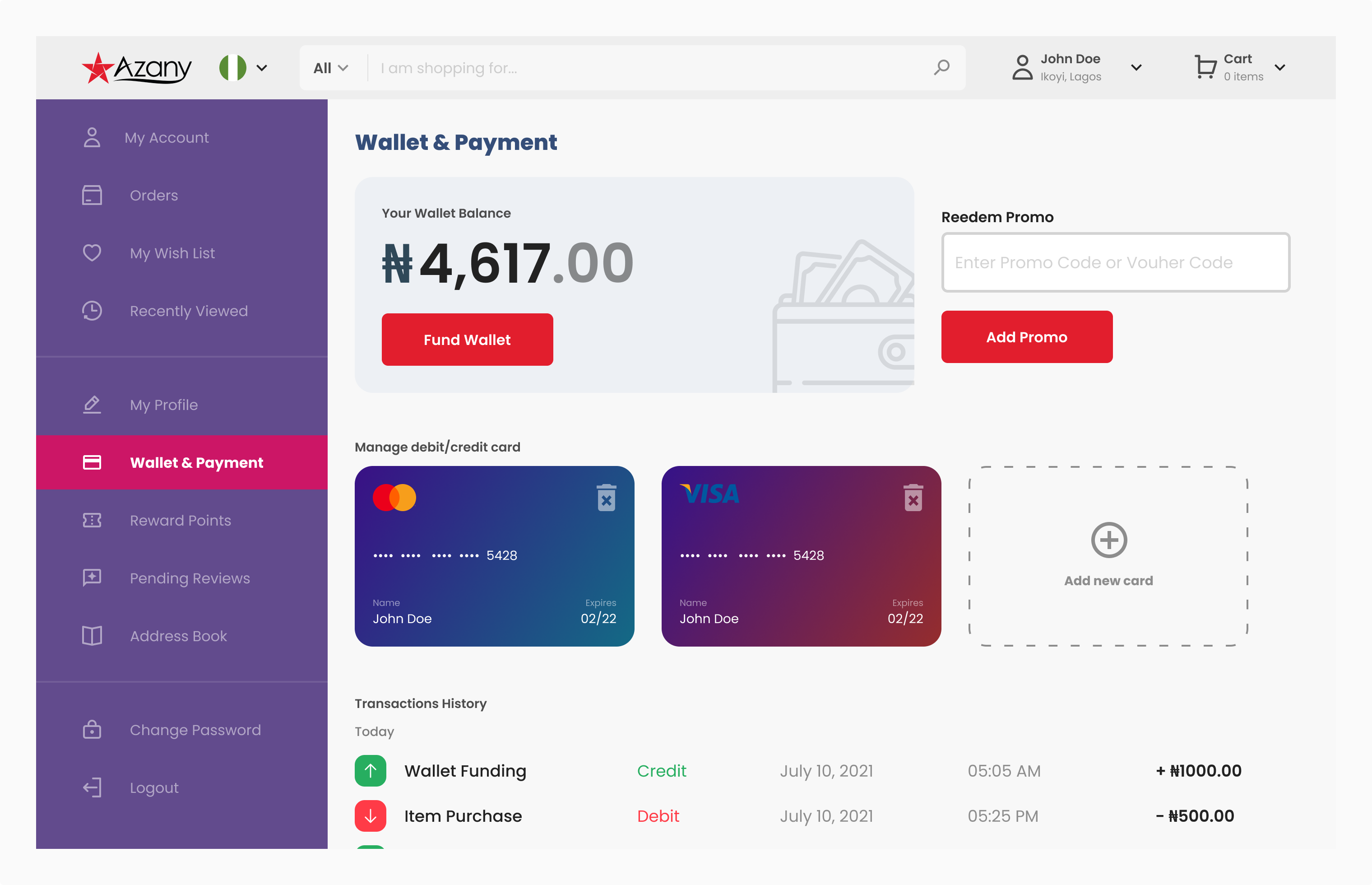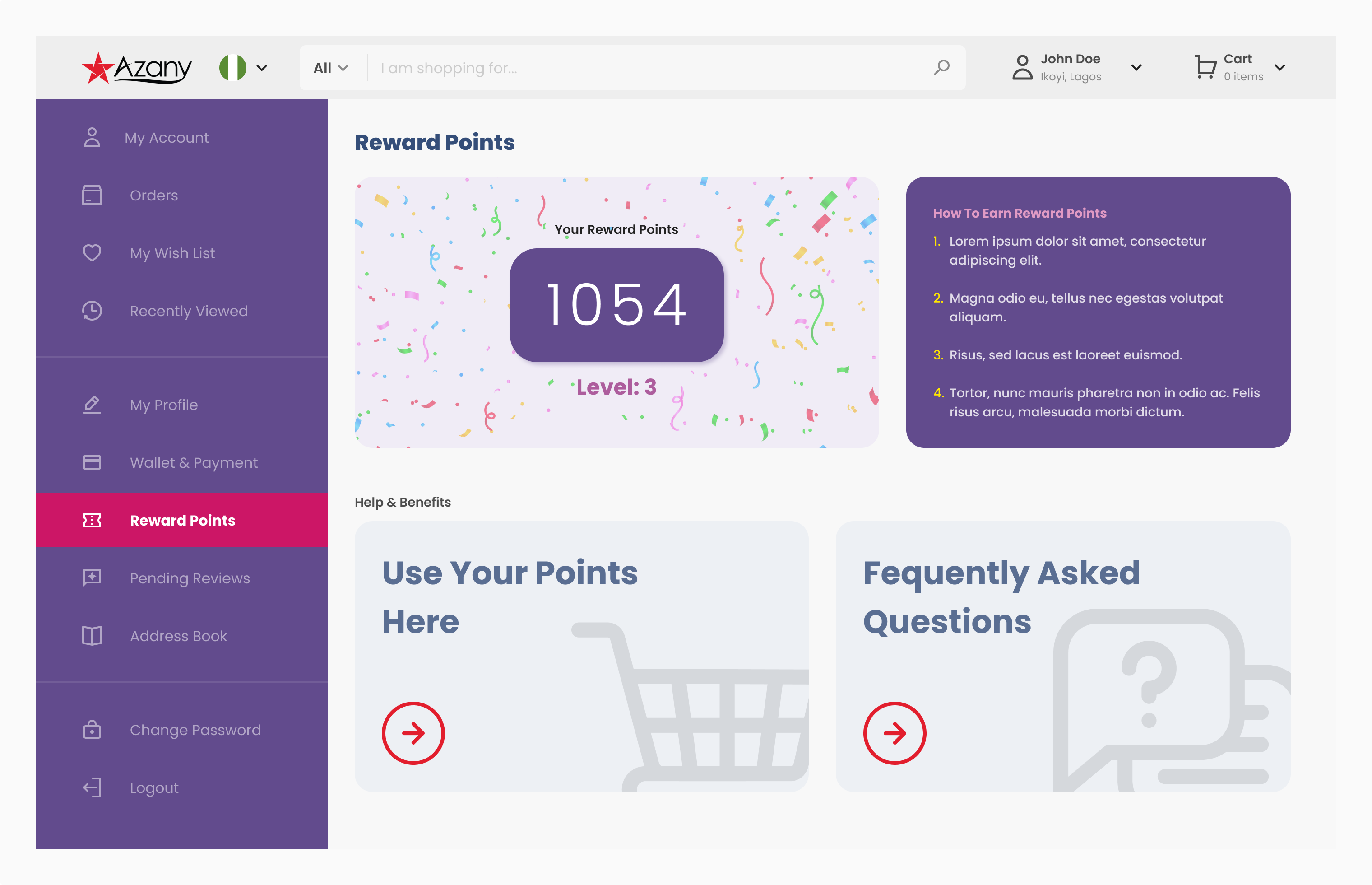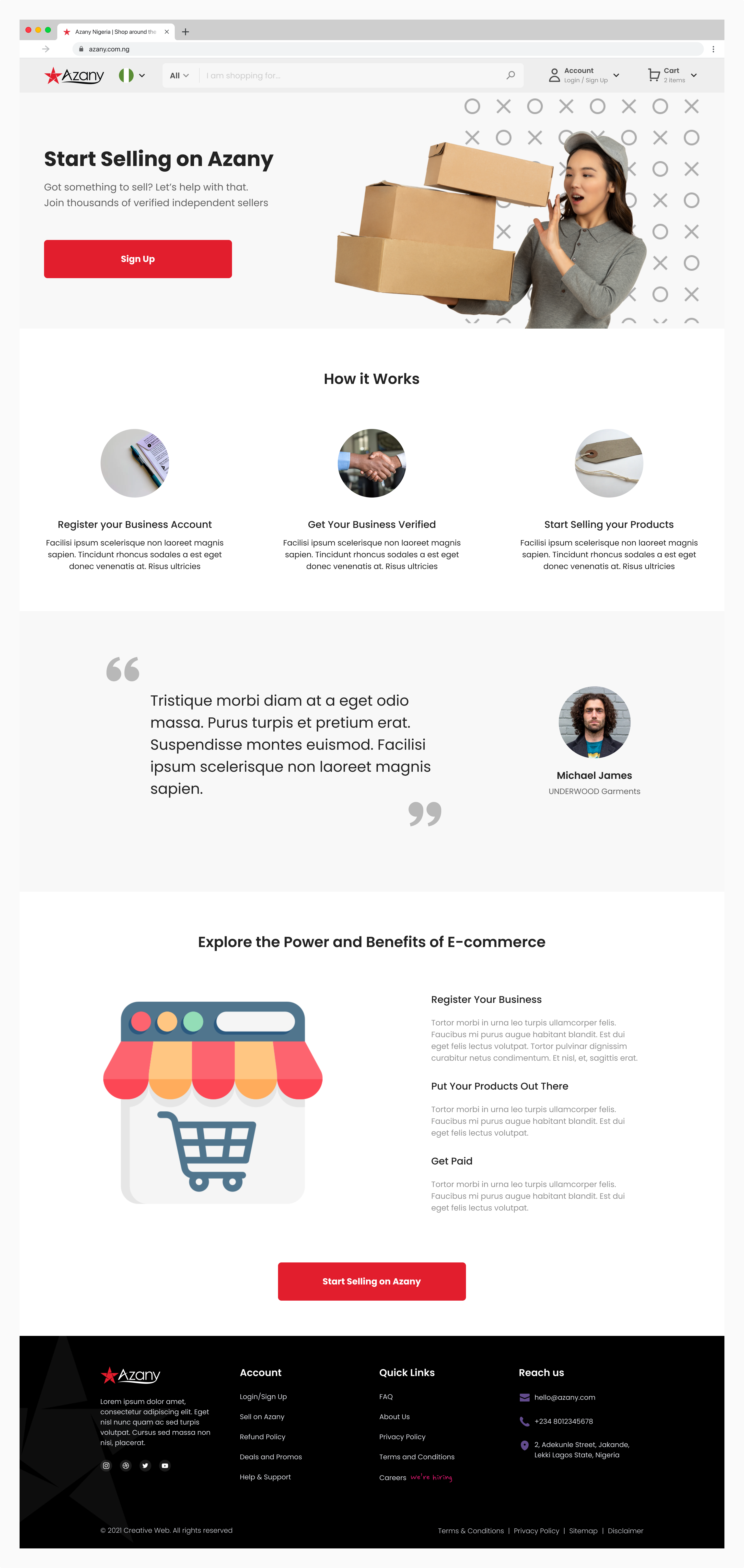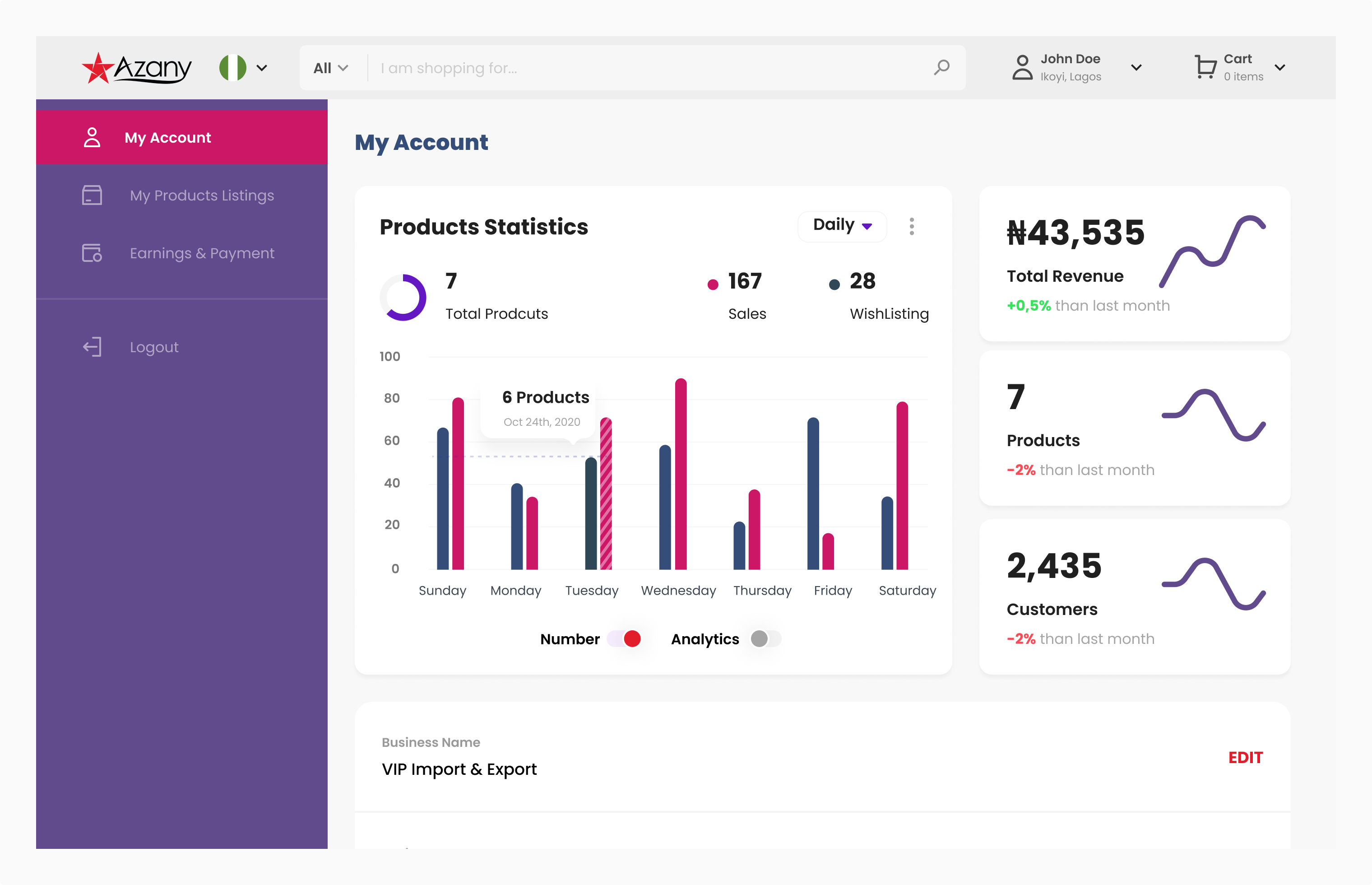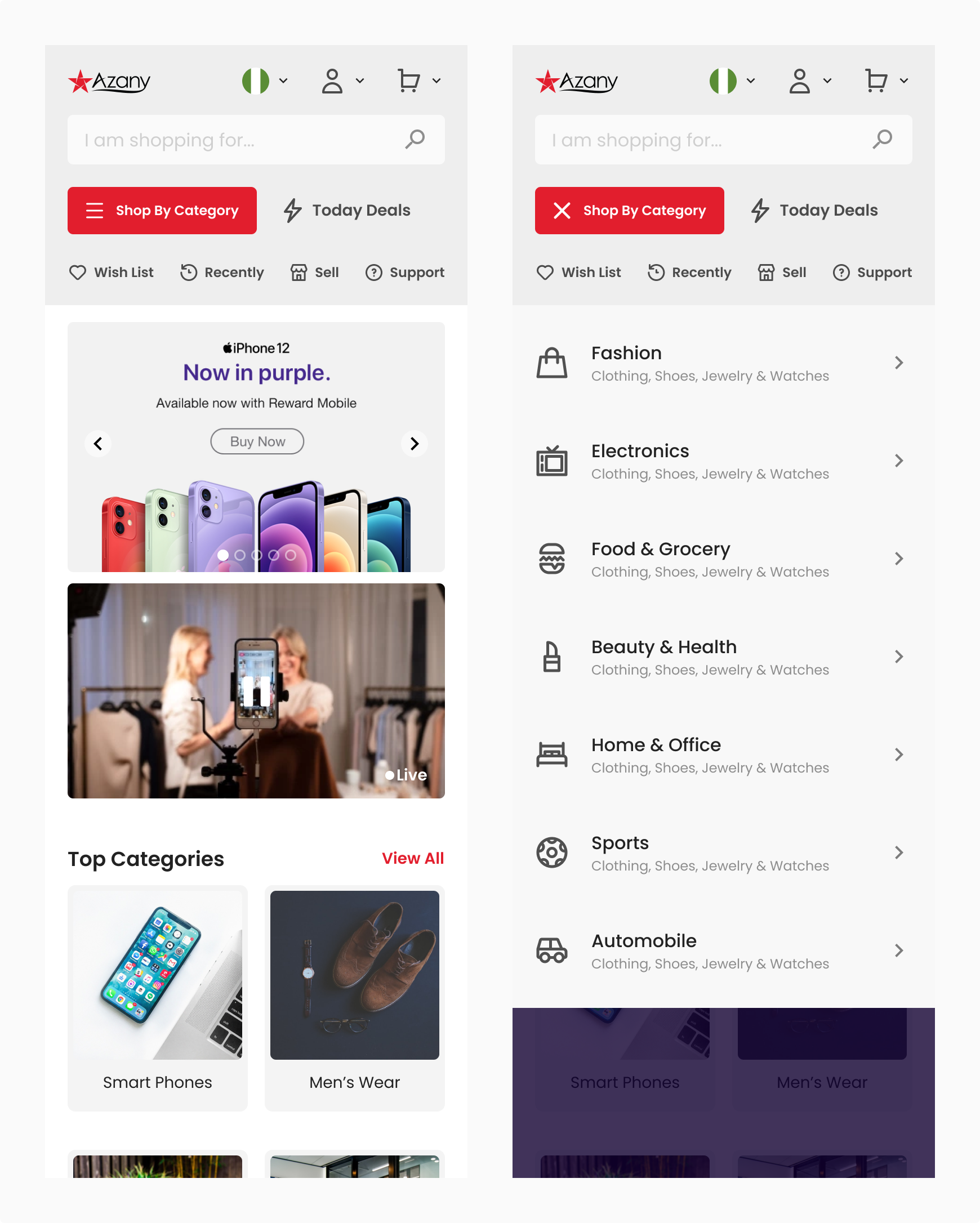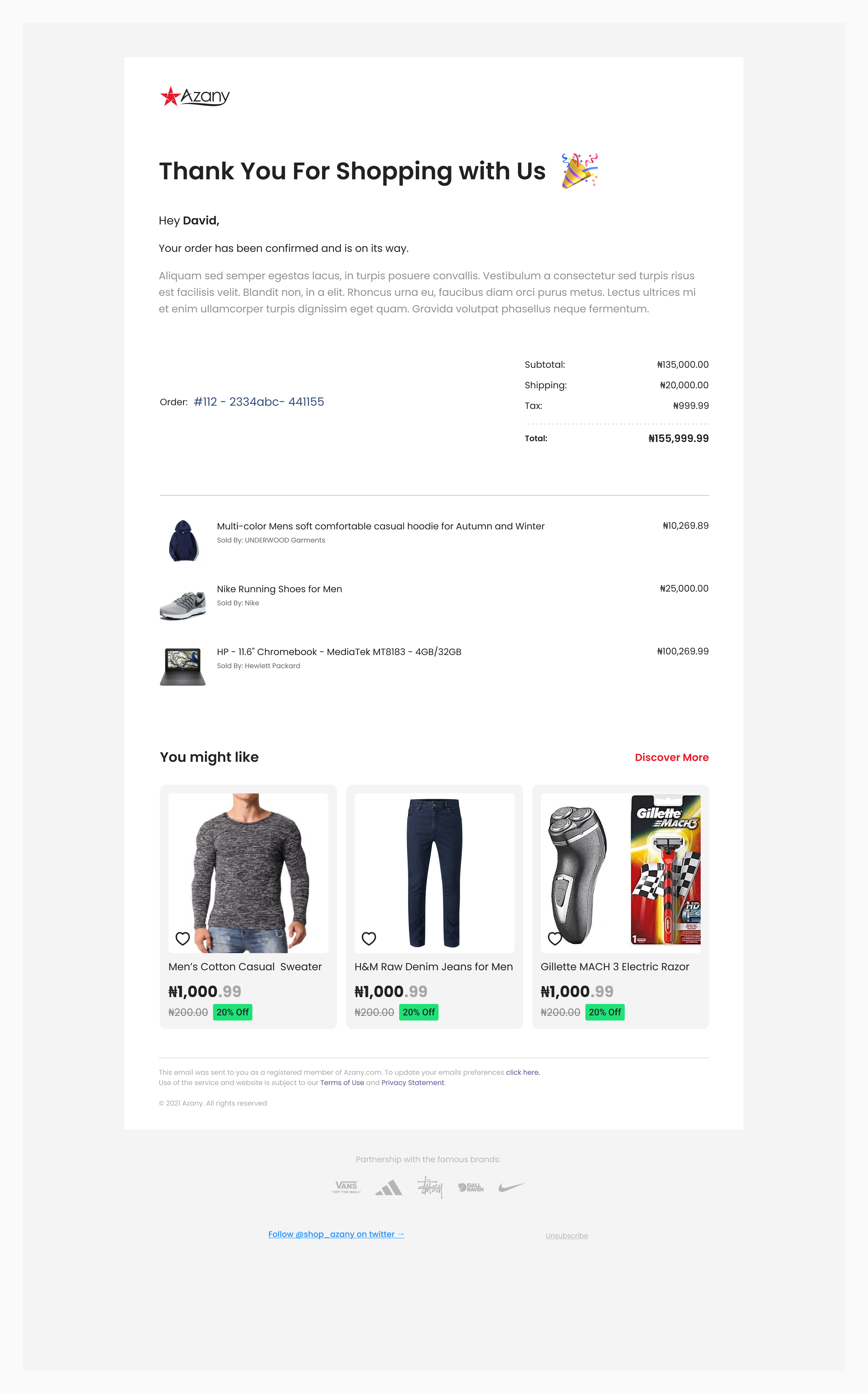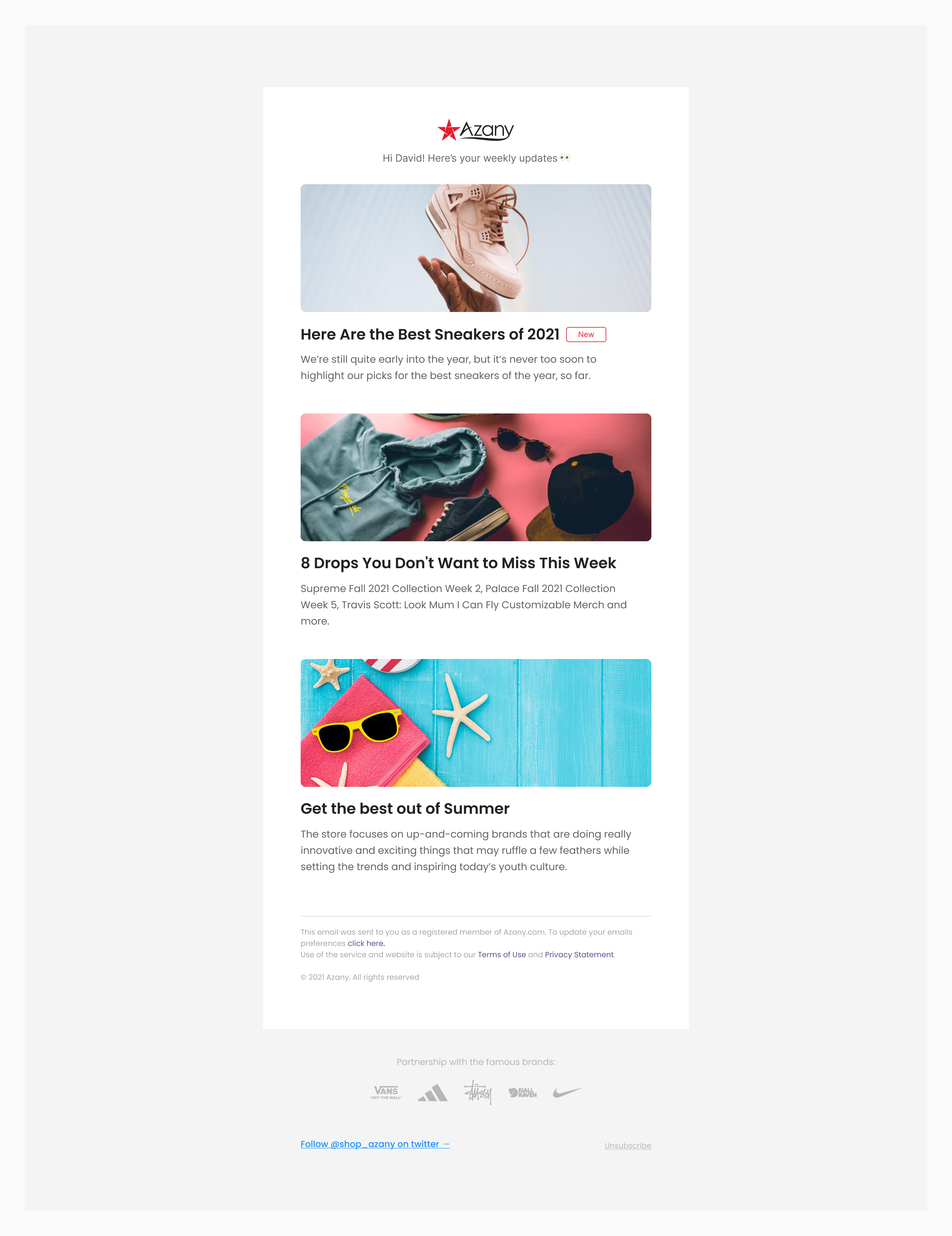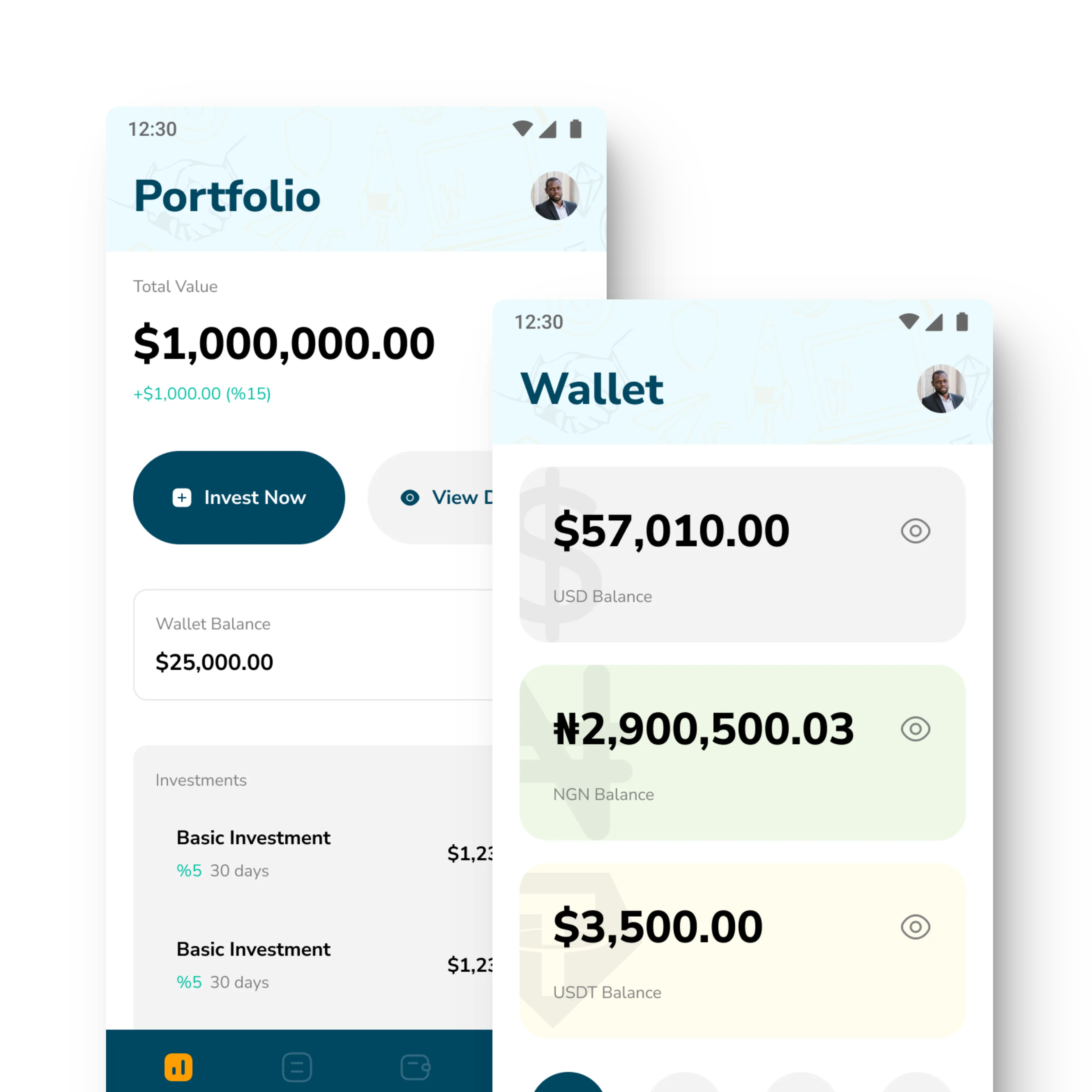The Azany e-commerce platform project demonstrates the power of user-centered design in creating a complex, yet intuitive solution for international online shopping. By prioritizing user needs, conducting thorough research, and iterating based on diverse user feedback, we developed an interface that simplifies the process of shopping from multiple countries while empowering vendors to reach a global market.
Key achievements include:
- An intuitive country selection interface with quick-switch functionality
- Clear presentation of international shipping information and costs
- A familiar e-commerce layout enhanced with country-specific features and multi-currency support
- Robust search and filter options for efficient product discovery across global catalogs
- A comprehensive vendor dashboard for managing international sales
- Innovative features like AR product visualization and a community platform to enhance user engagement
As Azany continues to grow, ongoing user testing and refinement will be crucial to maintain its effectiveness and appeal to a global audience. This project underscores the importance of understanding diverse user needs and expectations in designing e-commerce solutions for an increasingly interconnected world.
Future considerations include expanding language support, integrating with more local payment systems, and developing AI-powered personalization features to recommend products based on users' international shopping patterns.

